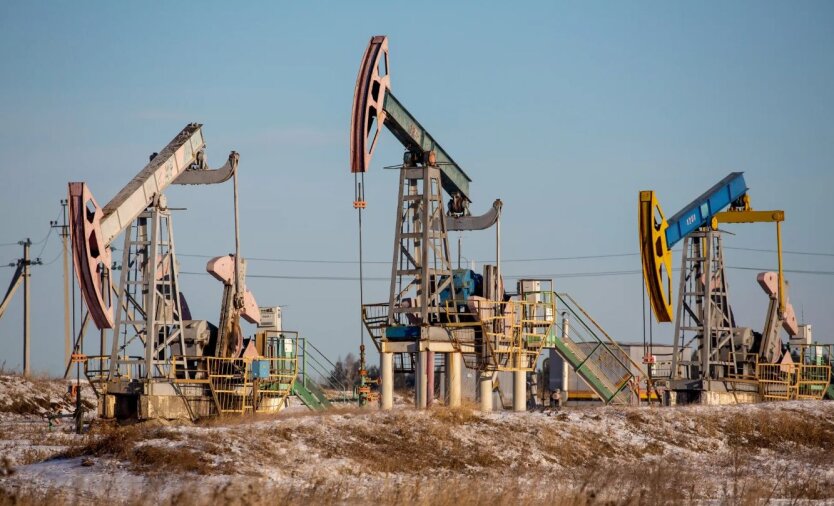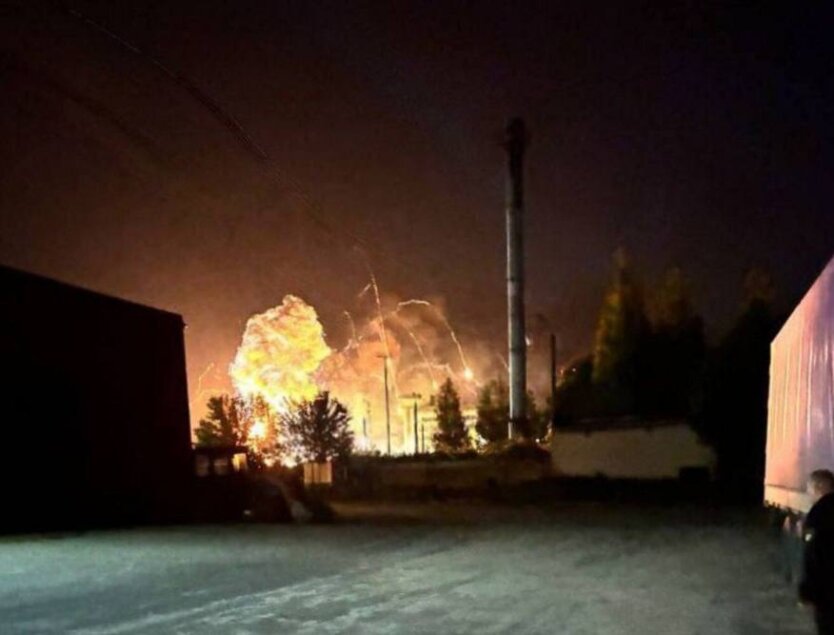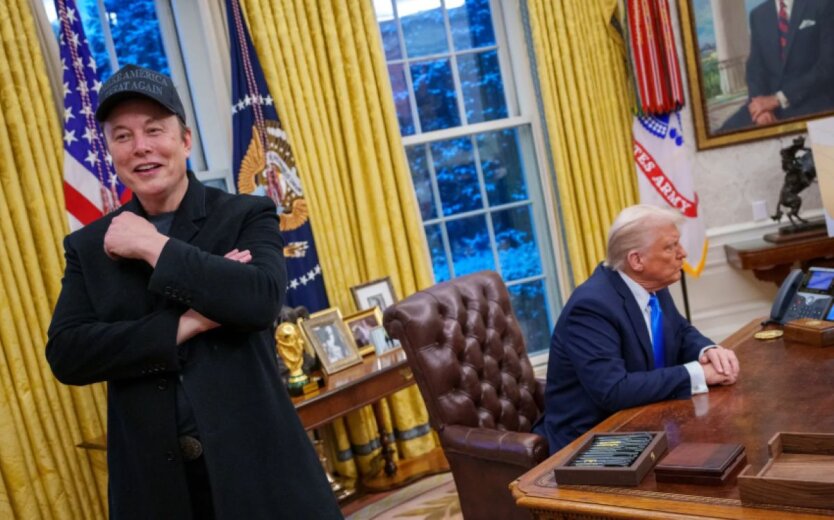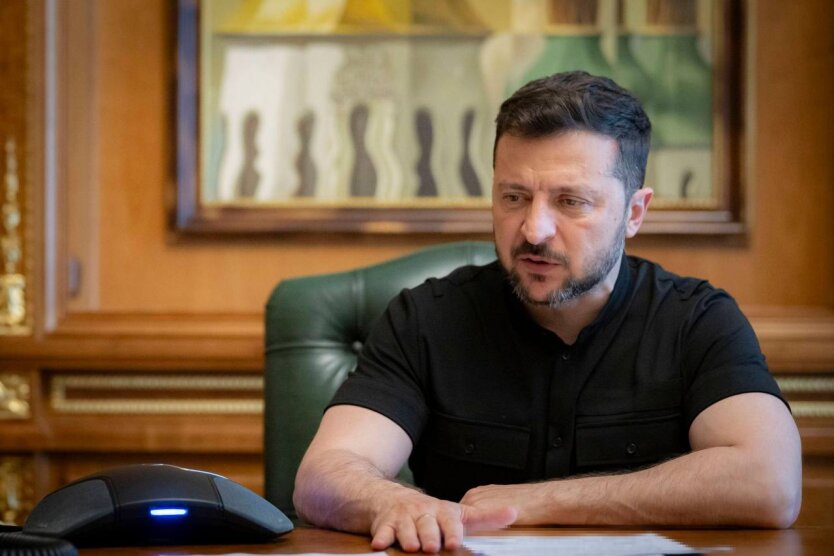Russia's New Energy Strategy: Oil Stagnation and Gas Ambitions.
15.04.2025
2177

Journalist
Shostal Oleksandr
15.04.2025
2177

According to Russia's new long-term energy strategy, oil production and export will remain virtually unchanged over the next 25 years. The volume of extraction will be 540 million tons by mid-century, slightly more than in 2023, and will also remain stable. It is predicted that the depletion of high-quality oil reserves will be gradual, while the extraction of difficult-to-recover resources will increase. Providing approximately 10% of the world's oil production, Russia has significant influence over the market. It is a key supplier to India and China, as well as a key member of OPEC+. The stagnation of exports could undermine this influence, and any long-term slowdown will also deprive the Russian budget of vital revenues, directly affecting Moscow's ability to meet spending obligations. The strategy also includes increasing natural gas production. It aims to reach 853 billion cubic meters by the end of the decade, which is more than a third higher than the level in 2023. By 2050, production is expected to exceed 1 trillion cubic meters, a large portion of which will be extracted in the form of liquefied natural gas. Russia plans to increase LNG production by launching four more plants this decade, in addition to those already operating on Sakhalin Island and the Yamal Peninsula. It also plans to expand the 'Arctic LNG 2' facility and aims for a total capacity of 105 million tons per year from all projects combined by 2030. However, Western sanctions are currently hindering these ambitions. Four upcoming projects have been blacklisted by the U.S., while 'Arctic LNG 2' has suspended operations as restrictions prevent it from selling and shipping cargo. Russia's target scenario for gas also foresees nearly doubling exports to 197 billion cubic meters by 2036. However, even if this goal is achieved, flows will still not exceed the 2018 record, prior to the full-scale invasion of Ukraine. Previously, Russia was the largest gas supplier through pipelines, but after the war it lost its buyers in Europe. Now, Gazprom has only one route to the European Union, and negotiations for a second pipeline 'Power of Siberia' to China have also stalled, making it impossible to exceed the previous record. Analysis: Based on Russia's new long-term energy strategy, it is evident that the country plans to maintain its leadership in the global oil and gas market. This will allow it to preserve its market influence and ensure stable government revenues. However, Western sanctions and restrictions complicate the realization of Russia's ambitious plans for expanding gas production. It should also be noted that even if the targets for increasing gas production are achieved, Russia will still not be able to fully restore its former leadership in the gas market in Europe.
Read also
- Powerful explosions occurred in Bryansk near the airport: missile launchers 'Iskander' could have been hit
- Insurance Record for Pension: Ukrainians Explained How to Monitor Contribution Payments
- Trump and Musk exchanged sharp remarks amid the conflict over the budget law: all statements
- Ukrainians will have to change their driver's licenses: new requirements introduced
- Zelensky: There are no peaceful initiatives in the world that Russia has not rejected
- Ukrainians were explained what threatens those who did not pass the military-medical commission by June 5










